Psychology The Science of Mind And Behaviour 3rd Australian Edition By Michael W. Passer – Test Bank
Student: ___________________________________________________________________________
|
1. |
What is the sensory transduction? A. specialised neurons break down and analyse the features of nerve impulses B. a neural representation is compared with previously stored information. C. sensory stimuli activate specialised receptors D. several stimulus ‘pieces’ are organised into a neural representation |
|
2. |
The final stage in the process of sensing and perceiving information occurs when: A. several stimuli ‘pieces’ are organized into a neural representation. B. sensory receptors translate incoming stimuli into nerve impulses. C. sensory stimuli activate specialized receptors. D. matching process results in the interpretation of stimulus providing meaning. |
|
3. |
According to psychologists, the term ______________ refers to the stimulus-detection process in which sensory receptors translate external stimuli into nerve impulses. A. perception B. sensation C. top-down processing D. kinaesthesis |
|
4. |
The psychological term perception specifically refers to the process in which: A. the sense organs respond to external stimuli. B. organization and meaning are given to incoming stimuli. C. transduction takes place. D. the sense organs translate stimuli into nerve impulses. |
|
5. |
Occasionally, people who have been blind since birth have their vision restored. Afterward, they can notice light and colors, but they often have great difficulty making sense of this new sensory information. Examples like these best demonstrate the difference between: A. sensation and perception. B. bottom-up processing and top-down processing. C. trichromatic theory and opponent-process theory. D. rods and cones. |
|
6. |
You are looking at a very blurry photograph. At first, all you can see is a vague oval shape but after studying the picture for a few minutes, you see that it is a football. You have just moved from: A. perception to sensation. B. sensation to perception. C. perception to adaptation. D. sensation to synaesthesia. |
|
7. |
The area of scientific study that is concerned with people’s abilities to detect differences or changes in stimuli is called: A. psychophysics. B. psychobiology. C. neuropsychology. D. physical psychology. |
|
8. |
A researcher studies owls to determine how sensitive they are to various sounds and what is the smallest sound that they can detect. Her work is most consistent with the goals of which scientific area? A. neuropsychology B. evolutionary psychology C. psychophysics D. Gestalt psychology |
|
9. |
The difference threshold is defined as the smallest difference in intensity between two stimuli that can be detected ______ of the time. A. 100% B. 75% C. 66% D. 50% |
|
10. |
When a sensory system or sense modality has a low absolute threshold, it implies that it has: A. high sensitivity. B. a high difference threshold. C. low sensitivity. D. a low difference threshold. |
|
11. |
How certain a person needs to feel before saying that a particular stimulus is present is referred to as the: A. choice threshold. B. certainty standard. C. decision criterion. D. uncertainty norm. |


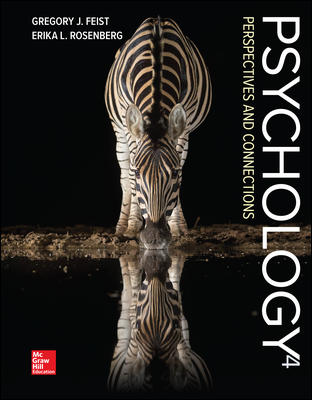



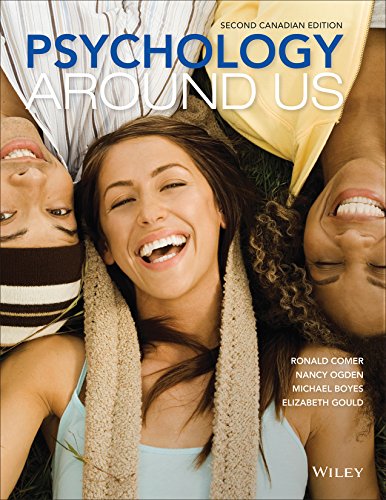

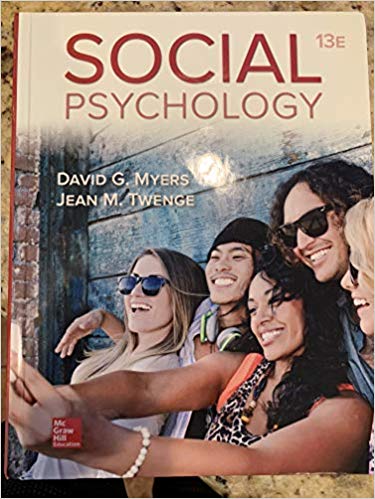
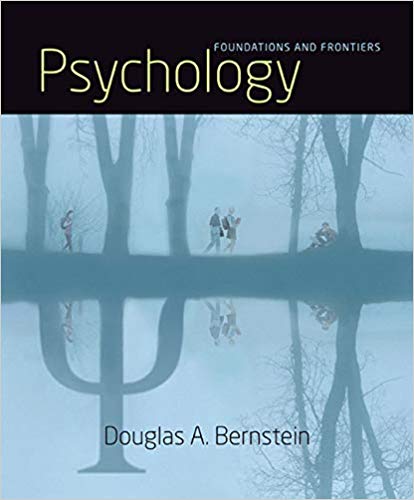
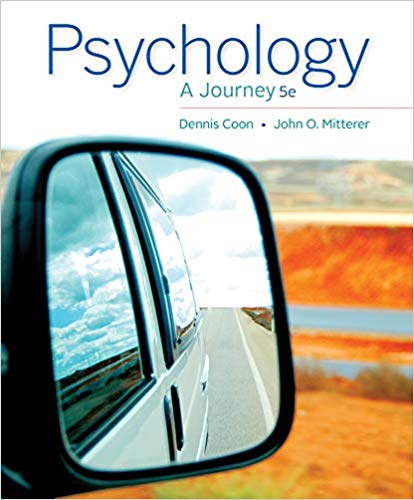
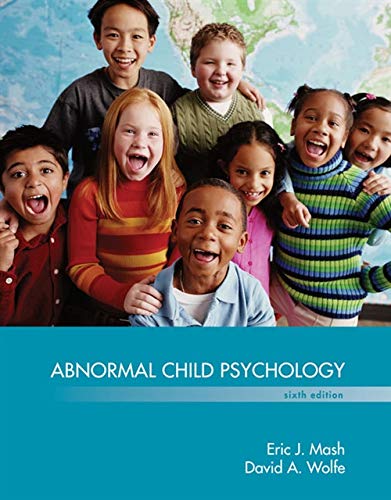


Reviews
There are no reviews yet.